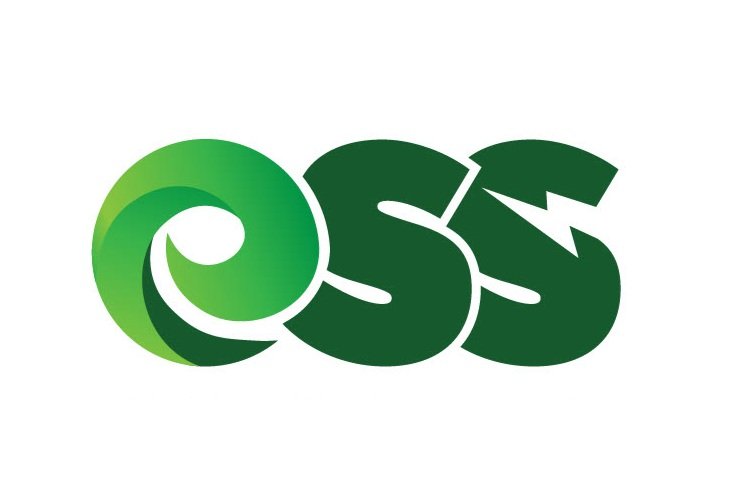Solar Panel Installation and Its Impact on Efficiency
Tilted Towards Efficiency
Installing solar panels is akin to positioning a collector to capture the most precious resource – sunlight. However, the angle at which these panels are mounted plays a crucial role in determining their efficiency. This blog post is your guide to understanding how solar panel installation angles can impact energy production and how to find the perfect tilt for optimal efficiency.
1. The Science of Sunlight and Angle
The sun's angle changes throughout the day and across seasons due to Earth's axial tilt. This shifting angle affects the amount of sunlight that strikes solar panels directly, and the relationship between angle and sunlight is critical to maximizing energy output.
2. Latitude Matters
The optimal tilt angle varies based on your geographical latitude. In general, for locations near the equator, a lower tilt angle (closer to horizontal) works best, while areas further from the equator benefit from steeper angles.
3. Seasonal Considerations
Fixed solar panels at an angle optimized for one season might not be as effective during other seasons. For year-round efficiency, consider adjustable mounting systems that allow you to change the tilt angle according to the sun's position.
4. The Sweet Spot for Efficiency
The "sweet spot" angle is the tilt at which solar panels receive the maximum amount of sunlight throughout the year. This angle is often close to your latitude and takes into account the sun's height in the sky during different times of the year.
5. Overcoming Shading Challenges
Shading can significantly impact efficiency, as even a small shadow on a solar panel can disrupt energy production. If shading is inevitable, consider microinverters or power optimizers that can mitigate the effects of shading on the entire array.
6. Adjustable Mounting Systems
To maximize efficiency year-round, adjustable mounting systems are invaluable. These systems allow you to change the tilt angle of your panels as the sun's position changes, ensuring consistent energy production.
7. Solar Tracking Systems
For the ultimate in efficiency, solar tracking systems automatically adjust the panels' orientation to follow the sun's movement. Single-axis trackers follow the sun's east-to-west trajectory, while dual-axis trackers also account for changes in the sun's elevation.
8. Trade-offs and Practical Considerations
While aiming for the optimal angle is ideal, practical considerations might dictate a compromise. Factors like available space, local regulations, and aesthetic preferences can influence the final tilt angle decision.
9. Monitoring and Adjusting
Regularly monitoring your solar panel's performance and adjusting the tilt angle based on the changing seasons can help maintain peak efficiency year after year.
Tilting Toward a Brighter Future
Solar panel installation angles are a vital piece of the efficiency puzzle. By understanding the relationship between angle, latitude, and the sun's movement, you can fine-tune your solar panel setup to harvest the maximum amount of sunlight and generate more clean energy.
As solar technology continues to evolve, finding the perfect angle becomes a dynamic process that empowers us to optimize our use of the sun's boundless energy.
Frequently Asked Questions (FAQ)
-
The ideal angle for a solar panel varies based on the latitude of the location. Generally, it's recommended to set the panel's tilt angle approximately equal to the geographical latitude of the installation site.
-
The optimal tilt angle for a solar panel is typically equal to the latitude of the location where it's being installed. However, adjustments can be made depending on the specific seasons and solar goals.
-
Solar panels are installed at specific angles to maximize their exposure to the sun's rays, which increases energy absorption and efficiency. The right angle ensures that panels capture the maximum amount of sunlight throughout the day and year.
-
If a solar panel is west-facing, the tilt angle remains the same as any other direction, often equal to the location's latitude. However, west-facing panels will capture more afternoon sun, which may be beneficial in areas with peak electricity rates in the late day.





